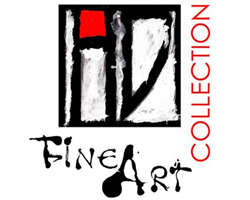Product Description
Oscar B. Erickson, “Early Morning Rockport”, Oil on canvas c. 1940


OSCAR B. ERICKSON (1883 – 1970) American
Early Morning Rockport c. 1940
Oil on canvas
Marks: Original exhibition label verso: THE NORTHWEST ART LEAGUE,
INC., Oscar B. Erickson, Early Morning Rockport, oil
For brief bibliographical listing see: Who Was Who in American Art,
(Madison, Conn.: Sound View Press, 1985), p. 189.
Canvas (sight): H: 21” x W: 23”
Frame: H: 26 1/2” x W: 28 1/2”
Oscar Erickson was born in Milwaukee, Wisconsin. He studied painting and printmaking at the Milwaukee Art League and later at the Herron Art Institute of Chicago. He exhibited at the Chicago Academy of the Fine Arts, the Hoosier Salon from 1927 to 1942, the Illinois State Museum, and the Norwegian Club.
Oscar B. Erickson, “Early Morning Rockport”, Oil on canvas c. 1940
Verdura ring, highly textured 18K gold set with teardrop shaped turquoises and a convex center of pave diamonds, marked
